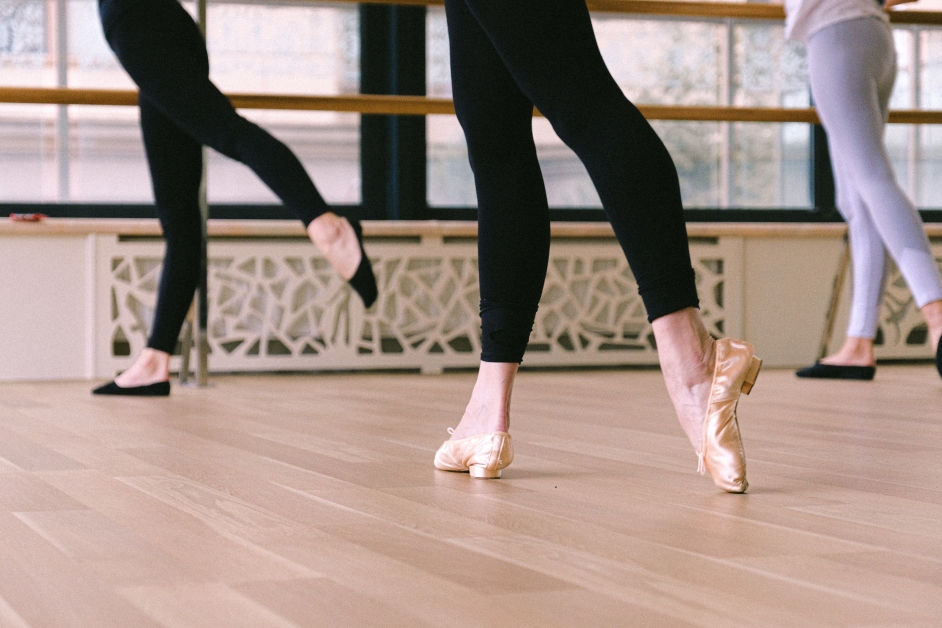No products in the cart.
Foot Care For Dancers
Foot care For Dancers
Foot Care For Dancers
One of the less glamorous aspects of dancing is the effects it can have on your feet. Anyone who has tried ballet will be all too aware of this. It’s not only ballet dancing that can cause issues such as blisters on the feet. Most genres of dancing can cause discomfort if practiced enough.
Here we list some common problems dancers experience and many techniques you can use to care for your feet.
Blisters
Number 1 on the list is the dreaded blister, which is unfortunately commonplace in the dance industry. I’m sure any ballet dancer will agree with this.
While blisters on their own are not a serious problem, they are extremely painful and may take a long time to heal if not treated properly.
If you are unlucky enough to be suffering from a blister, it’s important to keep it clean as things can become more serious if an infection occurs.
Common causes of blisters
The most common cause – shoes that are either too big or small.
Pressure and excess friction in any area of the body will soon result in a blister, and when you to the mix a little moisture (sweat) the feet become the perfect environment for blisters to occur.
If you are unlucky enough to find yourself developing blisters, it is likely the dance shoes you are wearing do not fit correctly or may be made of low-quality materials.
It’s important to take the time to find the best pair of shoes for yourself. This may well involve a lot of trial and error but is worth the effort as this will reduce the amount of friction and lessen the chances of blisters occurring.
An important thing to remember is that feet often change shape over time. This can lead to different pressure points where friction occurs. Anytime pain or discomfort becomes noticeable, you have likely outgrown the shoes that were once comfortable.
WAYS to prevent Blisters
- Correct Footwear – Always wear the correct type of footwear for the dance you are practicing and make sure they fit your feet perfectly.
- Be On The Lookout – Give your feet a check-up after every dance session. If you see any reddening of the skin where friction is likely to occur, such as in between and around the toes, cover with medical tape or moleskin.
- Reduce Friction – Apply a little petroleum jelly on the problem areas where blisters are most likely to occur before dancing. This helps to lubricate the skin and avoid chafing.
- Use Foot Powder- Sprinkle some foot powder into your shoes before dancing to help keep your feet dry.
how to take care of blisters on feet
- If the blister has not alreay popped, don’t burst it unless the pain becomes unbearable.
- Gently wash any existing blister then cover with a clean banage.
- Always remember wash your hands thoroughly before touching a blister. The last thing you want is an infection to occur.
Popping A Blister
If the pain has become too much an you feel that bursting the blister is your only option, here is the best way to do so.
- Clean the blister and any area around it.
- Use rubbing alcohol and water to steralise a needle.
- Carefully pierce a small hole at the edge of the blister, then gently squeeze out the fluid.
- Once again, gently clean the blister and lightly pat dry.
- Do not remove any loose skin from the blister.
- Use a sterile bandage or gauze to loosely cover the blister.
Calluses
What Are Callusses?
A callus can form on any part of the skin where repeated friction or pressure is applied. This is why the feet are a common area of the body where callusses occur.
When an area of skin is exposed to repeated pressure and friction, extra layers of skin grow over one another to form a hard, raised lump.
The body forms callusses to protect your skin and many people and dancers can have them without experiencing pain or discomfort. The most common parts of the body where callusses appear are the toes, heels, hands and knees.



Pingback: What Do Dancers Need? Beginners Guide